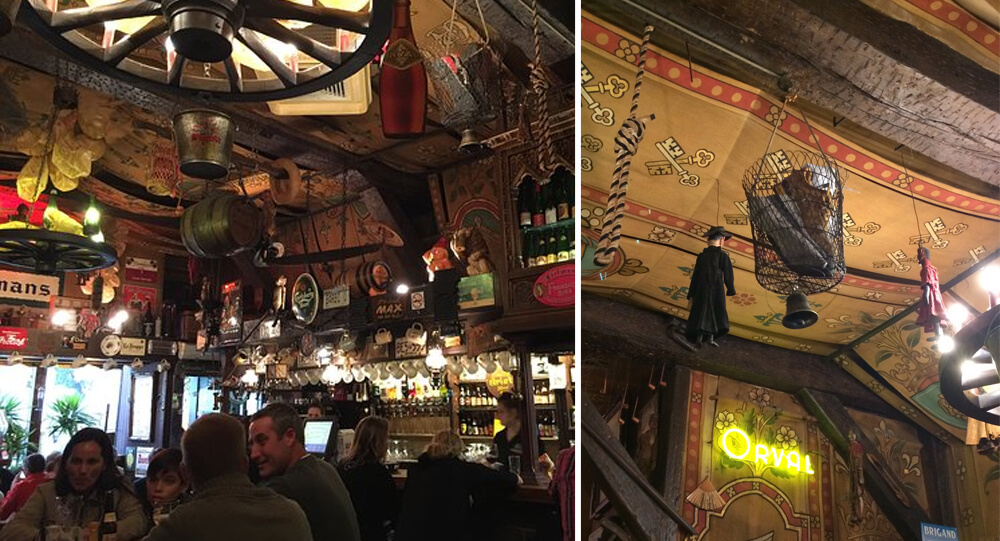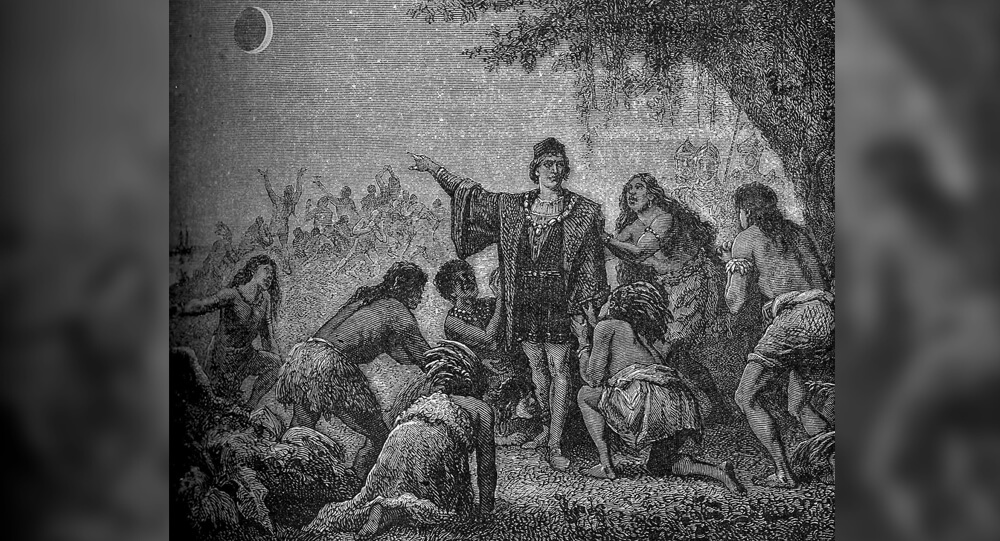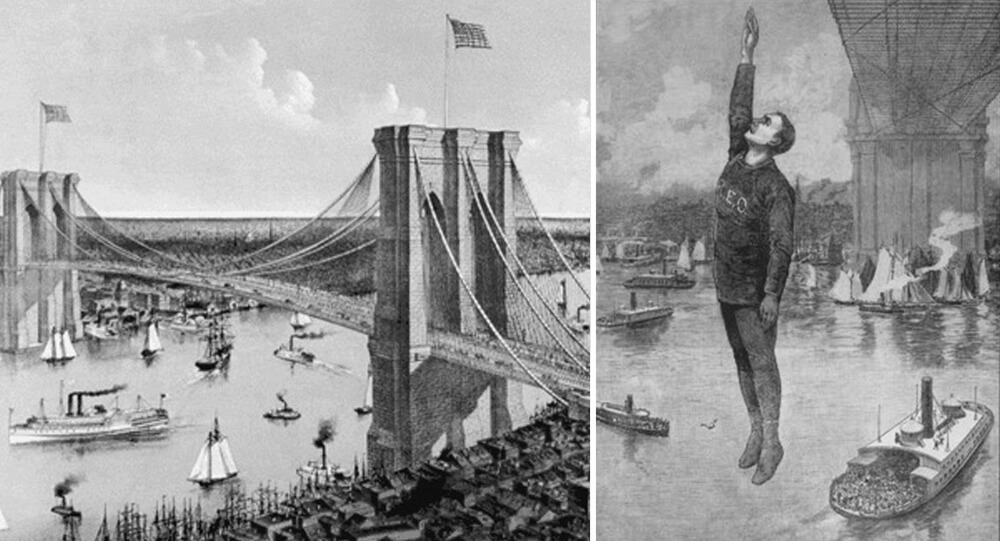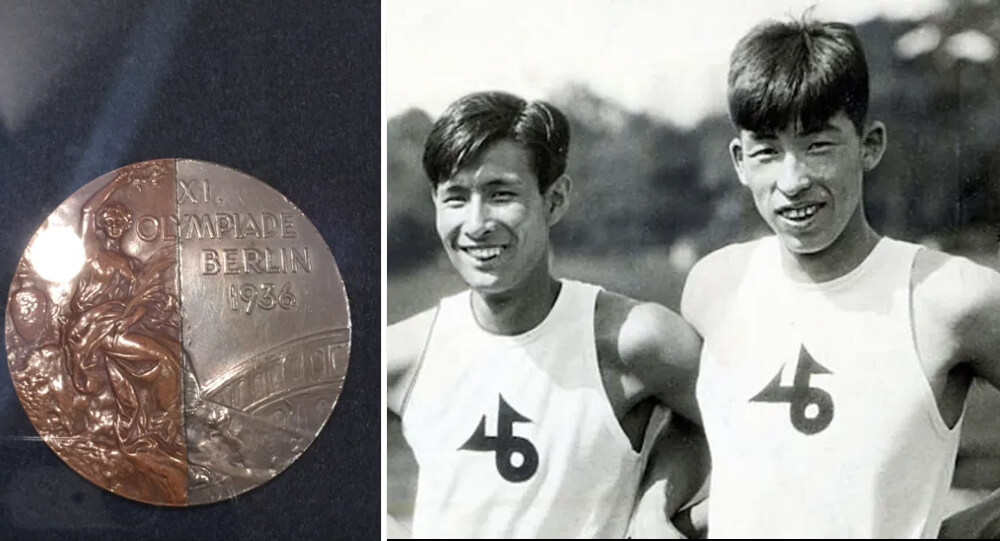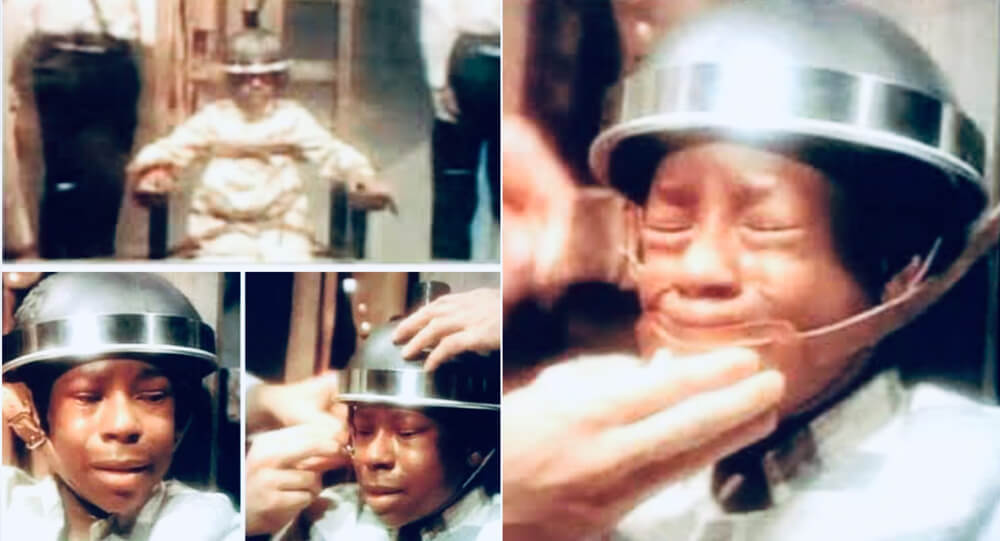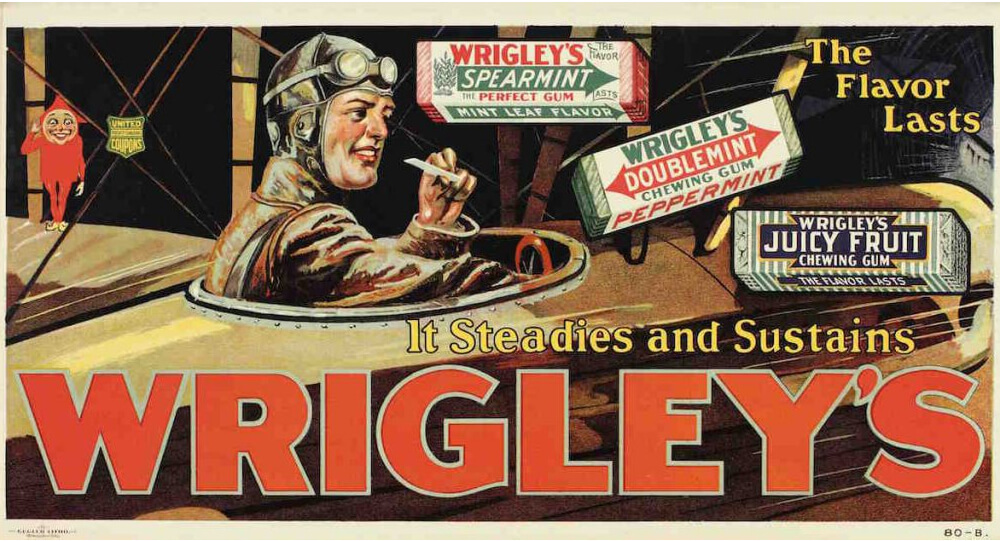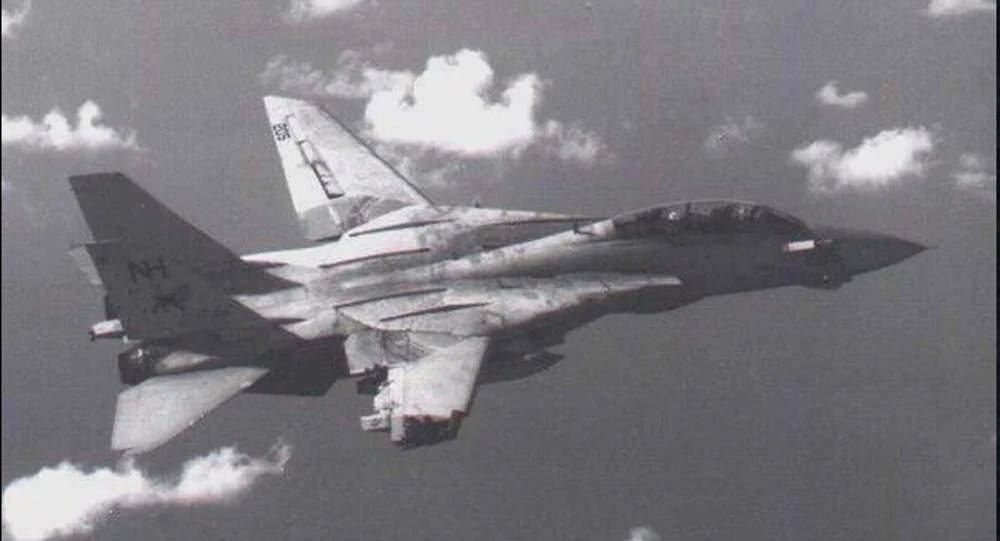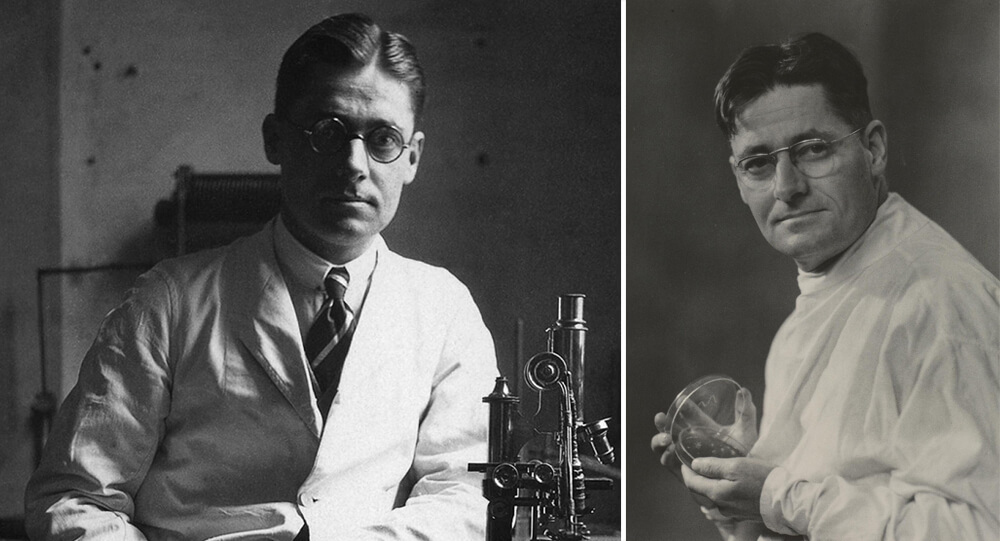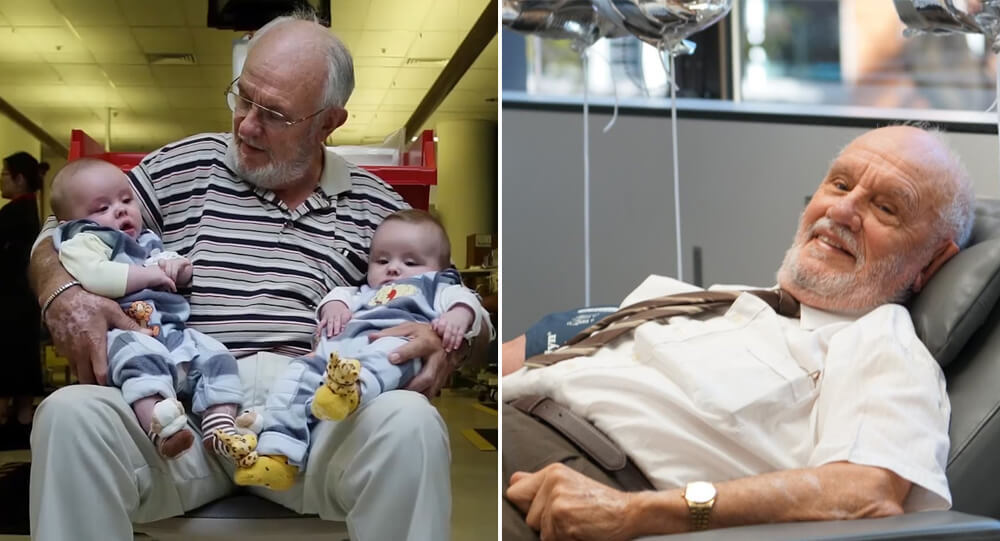

Vince Coleman, a railway dispatcher, sacrificed his own life
“Hold up the train. Munitions ship on fire and making for Pier 6 … Goodbye boys.”
Vincent Coleman, a railway dispatcher, left his Richmond neighborhood home on Russell Street in Halifax’s North End early on December 6, 1917, for work. He left his wife Frances, who was wearing a bright blue dress she had made herself, to care for their young, two-year-old daughter Eileen. To get to his workplace at the Richmond train station, it took only five short blocks.
He worked in the deceptively small wooden station in the middle of the Richmond rail yards, not in the opulent brick passenger station on North Street. His job was to manage the heavy rail traffic created by the crowded Halifax harbor during the Halifax Harbor War, which he did while working just a few feet from the harbour and its busy piers.
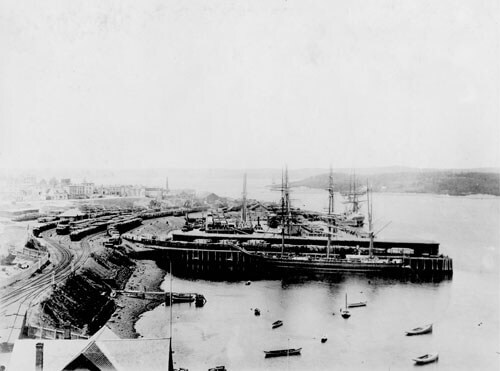
He routed the heavy passenger traffic entering North Street Station during the war as well as the necessary troop trains and hospital trains from the Pier 2 ocean liner terminal. He also sent orders to the numerous trains feeding freight into the ship-filled wharves of North End Halifax.
Despite the fact that it had changed its name to “Canadian Government Railways” in 1916, Coleman worked for what was known as the “Intercolonial Railway” or “ICR” in Halifax. He was a rank above most stations’ regular telegraph operators as a dispatcher. He received praise for aiding in the containment of a runaway train a few years ago. Additionally, he was very involved in his railway union. In his wallet that morning, tucked beside some raffle tickets for the Victory Bond drive, was a clipping about an upcoming union meeting in Montreal.
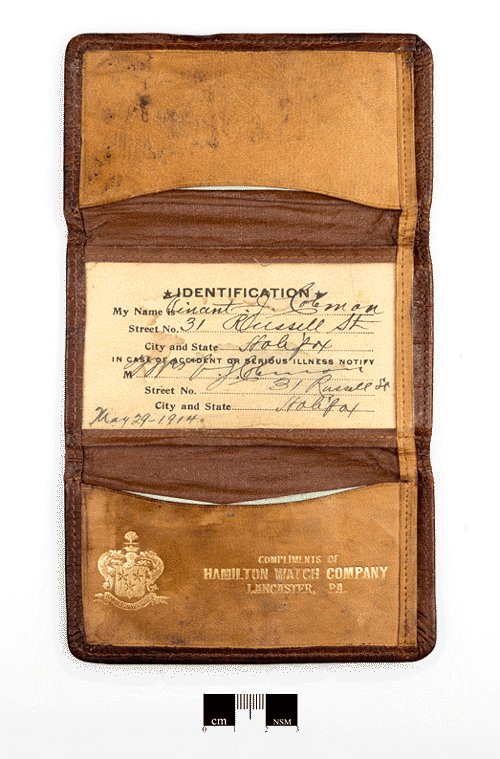
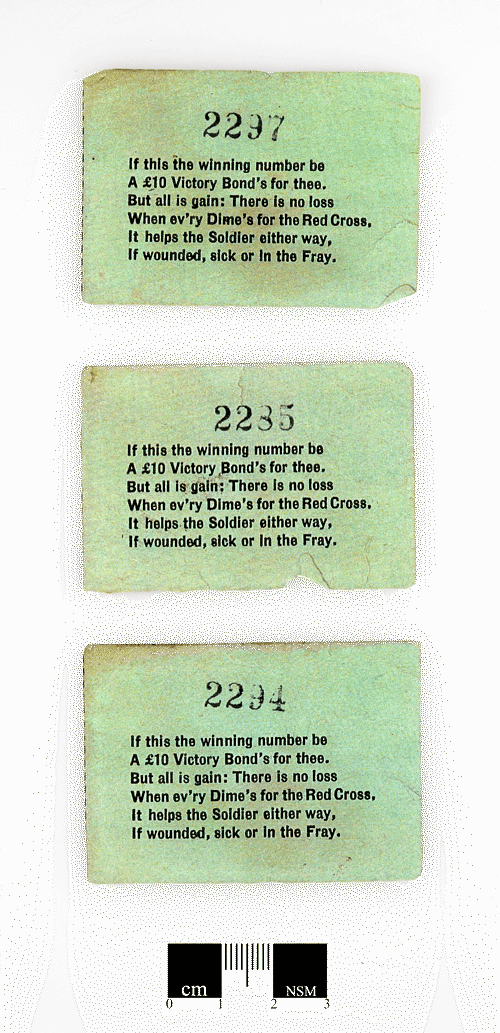
A distant crash was followed by a column of black smoke rising above the rows of freight cars parked in front of the station as Coleman took over as the night dispatcher at the telegraph. After a collision, the French munitions ship Mont-Blanc caught fire. A naval sailor suddenly plowed through the door. Everyone was given the warning that the on fire Mont-Blanc was about to erupt with ammunition. One of the few people who was aware of the sailor’s deadly cargo was one of the naval officers who responded to the fire and sent her ashore. Coleman turned around and used the telegraph key to send his infamous message as William Lovett, his boss and the chief clerk at Richmond, and he started to leave.
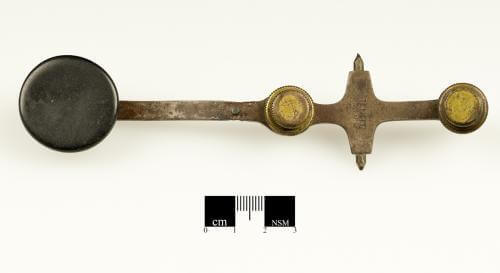
Coleman was particularly concerned about Passenger Train No. 10, an overnight train from Saint John, New Brunswick. At 300 people on board, it was scheduled to arrive in Halifax at 8:55 am. It was scheduled to pass through the North Street Station’s approach tracks in front of the scorching Mont-Blanc in a matter of minutes. The exact wording of Coleman’s message was slightly different in the newspapers of the time, but its general content was consistently reported as follows:
“Hold up the train. Ammunition ship afire in harbor making for Pier 6 and will explode. Guess this will be my last message. Good-bye boys.”
Coleman was clearly aware that the explosion was coming and that he was facing death. He even ended by saying “Goodbye Boys” in telegraph shorthand.
Explosion
After that, Mont-Blanc erupted at 9:05 am. Pier 6 and the ship disappeared in a flame column. While others were thrown through the air, rows of boxcars vanished. Coleman’s station vanished just 750 feet from the blast’s center. As tidal waves rose from the harbor and roared back and forth across the Richmond yards, it was buried in debris from the railway yard and crushed by the blast. The Maritime Museum of the Atlantic still has water stains in his wallet. His watch, whose hands and crystal have been blown away, and whose back appears to have been pounded in by hammers, speaks ominously of the violent forces that descended upon Coleman. Coleman most likely passed away at his telegraph key instantly.
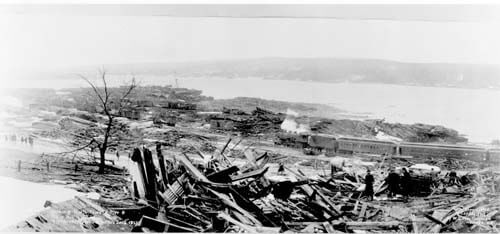
However, the message transmitted by that telegraph key was picked up by every station from Halifax to Truro, including Rockingham, Bedford, Windsor Junction, Elmsdale, Stewiacke, and so on. The semaphore blades, or station order boards, that you once saw mounted on the sides of stations would have been swiftly moved by each station agent from the vertical “All Clear” position to the horizontal “Stop!” position. All Halifax-bound trains would come to a stop as they approached their next station with a bang, bang, bang, all the way to Truro, as the order boards would drop. In 1917, rail traffic was managed in this way. Before two-way radios were installed on trains, many years would pass.
Legacy

Coleman’s deed and outcomes were genuinely heroic. He is pictured alongside several Halifax explosion heroes, including Horatio Brennan, a brave tugboat captain who lost his life attempting to pull Mont-Blanc out of the city. They stand in for the many heroes of that day, including the firefighters, soldiers, sailors, and regular men and women who rushed into burning and collapsing homes to save their loved ones, their neighbors, and strangers.

Why This Belgian Bar Makes You Trade Your Shoe for a Beer
To prevent tourists from stealing their beer glasses, some bars in Belgium require people to hand over one of their shoes as a deposit which is then put in a basket and hung from the ceiling. These shoe baskets have also become an attraction.

The 1976 April Fools' Pranks, Planetary Alignment
On April fool's Day, 1976, the BBC convinced many listeners that a special alignment of the planets would temporarily decrease gravity on Earth. Phone lines were flooded with callers who claimed they felt the effects.

How a Total Lunar Eclipse Saved Christopher Columbus in 1504
In 1504, Christopher Columbus was stranded in Jamaica with natives who refused to give him food. But he knew the date and time of an upcoming lunar eclipse. So he told the natives that his gods were angry at their treatment of him, and would provide a clear sign. Once the eclipse started, the natives raced to give him food and begged for mercy.

The Littlest Skyscraper: How J.D. McMahon’s 480-Inch Con Fooled Investors in 1919
In 1919, J.D. McMahon convinced investors to fund a 480-foot skyscraper, but he labeled the plans as 480 inches, building a 40-foot structure instead. After taking $200,000, he won in court since the plans matched what he built.

The Tragic Story Of Mary Ann Bevan, The ‘Ugliest Woman In The World’
After the death of her husband, Mary Ann Bevan had no income to support herself and her children. She then decided to enter a contest where she won the title of “ugliest woman” and was later hired by a circus. She endured this ridicule from the world to provide for her family.

Robert Odlum, the first person to jump off the Brooklyn Bridge
The first person to jump off the Brooklyn Bridge was a professional high diver who "wanted to demonstrate that people did not die simply by falling through the air, thus encouraging people to be willing to jump from a burning building into a net." He proved himself correct by safely falling 135 feet through the air and dying only when he hit the water.

Medieval Medicine: A 1,000-year-old onion and garlic salve kills modern bacterial superbugs
Scientists recreated an Anglo-Saxon manuscript-based 9th century onion and garlic eye remedy and discovered that it killed 90% of antibiotic-resistant staph bacteria (MRSA).

Medals of Friendship: The Enduring Olympic Story of 1936
At the 1936 Summer Olympics, two Japanese pole vaulters named Sueo Oe and Shuhei Nishida tied for second, but they declined to compete against each other. As a result, Nishida was awarded the silver medal and Oe won a bronze medal. Upon returning to Japan, the athletes had their medals cut in half and spliced together to create new "friendship medals," which were half silver and half bronze.

Archaeologists Uncover 2,000-Year-Old Amazonian Cities Using Lidar Technology
Deep in the Ecuadorian Amazon, archaeologists have uncovered an ancient network of urban settlements once inhabited by the Upano people about 2,000 years ago. Using cutting-edge lidar technology, these discoveries reveal a highly organized society featuring sophisticated agricultural systems, drainage canals, and extensive road networks. This transformative find challenges long-held assumptions about ancient Amazonian societies and sheds light on a complex civilization thriving in one of the world’s most biodiverse regions.

How Cleveland's Balloonfest in 1986 Turned Into a Public Tragedy
In Cleveland, Ohio, United Way broke the world record by deflating nearly 1.5 million balloons as part of a publicity stunt to raise money. The balloon obstructed a US Coast Guard search for two boaters who were subsequently discovered to have drowned, blocked airport runways, and blocked land and waterways.

The youngest person executed, George Stinney Jr was proven innocent
In 1944, George Stinney Jr. was 14 years old when he was executed in South Carolina. It took only ten minutes to convict him — and 70 years to exonerate him.

What is the story behind Wrigley chewing gum?
Wrigley's was originally a soap company that gifted baking powder with their soap. The baking powder became more popular than the soap so they switched to selling baking powder with chewing gum as a gift. The gum became more popular than the baking powder so the company switched to selling gum.

The Day an Israeli F-15 Landed with One Wing: Zivi Nedivi’s Unbelievable Mid-Air Survival
Discover the astonishing true story of Israeli pilot Zivi Nedivi, who safely landed an F-15 after a mid-air collision tore off its entire right wing. Learn how skill, quick thinking, and the F-15’s unique design turned a disaster into a legendary feat in aviation history

How did Howard Florey discover penicillin
Penicillin was discovered by Alexander Fleming, but he never attempted to turn it into an antibiotic. It wasn't until ten years later that Howard Florey discovered Fleming's obscure paper and understood the mold's potential. Up to 200 million lives may have been saved as a result of Florey's work.

Man's Blood Helped Save Millions of Babies
Australian blood donor James Harrison has been one of our most impressive and valued donors, having donated for 60 years. Know his story, how he was a pioneer of our Anti-D program, and why this matters.

How European Rabbits Took over Australia
In 1859, wealthy settler Thomas Austin released 13 wild rabbits on his Australian estate. By 1920, their population grew to 10 billion.

Ancient Jericho: The First Walled City In History
The ancient city of Jericho is the world's oldest walled city, with evidence of stone fortifications dating back nearly 9000 years.

William James Sidis: The smartest person yet forgotten by people
William James Sidis, who was only 11 years old when he enrolled in Hardvard, finished his primary and secondary schooling in less than a year. He knew eight foreign languages by the age of eight and even invented his own language, "vedergood."

How Dmitri Mendeleev Developed the periodic table of the elements
1850 Dmitri Mendeleev walked almost a thousand miles to Moscow so he could apply for the University of Moscow. Although he was not accepted, he walked to St. Petersburg where he was accepted, And with that education, he developed the the periodic table of the elements

Susanna Salter: The Trailblazing Story of America’s First Female Mayor
In 1887, Susanna Salter became the first female mayor in the United States, elected in Argonia, Kansas. Her nomination was initially a prank by men opposing women in politics. However, she won by a landslide and served effectively, inspiring the women’s suffrage movement and breaking barriers for women in leadership.

Graves holding hands over wall, A Catholic woman and her Protestant husband grave
A protestant man and a Catholic woman who weren't allowed from being buried together in a graveyard in 19th-century Holland turned their graves into a monument showing them holding hands across the wall separating them.

Martin Couney, Saved Thousands of Premature Babies Wasn’t a Doctor at All
Martin Couney never qualified as a medical doctor. However, in the 1900s, he saved thousands of premature babies by exhibiting them in incubators at his Coney Island sideshow. Over the course of his career, he is said to have saved about 6,500 babies that had previously been written off by mainstream medicine.

Marion Stokes recorded 30 years of television
Marion Stokes, a Philadelphia woman began taping whatever was on television in 1979 and didn’t stop until her death in 2012. The 71,000 VHS and Betamax tapes she made are the most complete collection preserving this era of TV. They are being digitized by the Internet Archive.

History of Treadmill, punishment for prisoners
Treadmills were originally a punishment used to harness human power on a giant wheel used to grind grains, hence the name "treadmill." The History of Treadmill

Nearest Green, America's first known Black master distiller
Nathan "Nearest" Green was an African-American head stiller who is now more frequently referred to as a master distiller. He was renowned for imparting his distilling knowledge to Jack Daniel, the creator of Jack Daniel's Tennessee whiskey distiller, after Jack Daniel was freed from slavery following the American Civil War.

